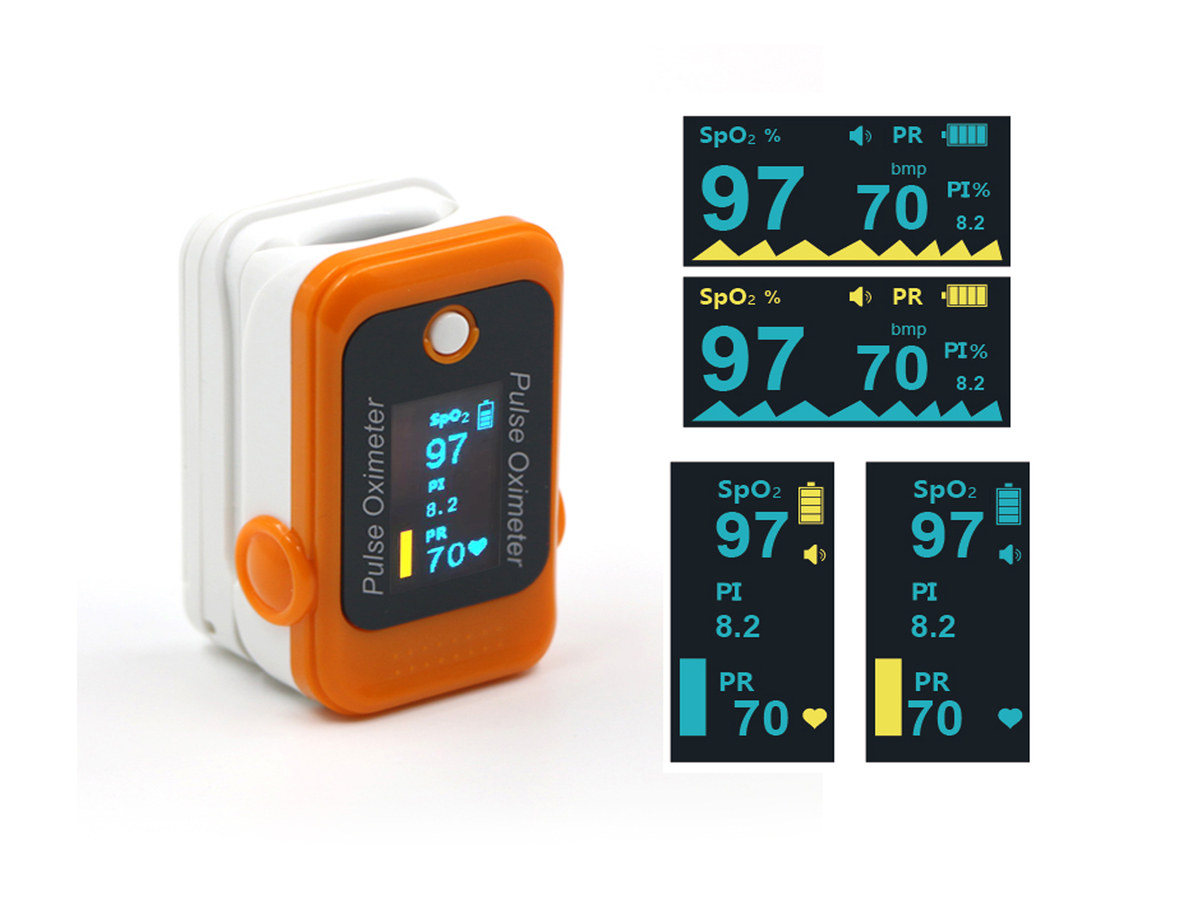

BatteryMinder is the next best known, after PulseTech and they use a sine wave pulse form. They each approach the science a little differently and each claim theirs is the best. Today, there are several companies offering some form of battery desulfator. The negative wave is the mirror image of the square wave but has the added concern that the charge is restricted during the down cycle of the pulse. The square wave is used by Battery Life Saver and by its design dwells longer in the maximum voltage range before abruptly returning to zero. The remaining two wave forms are the Square Wave and Negative Pulse Wave.

The upper voltage range must be carefully controlled to prevent overcharging and gassing.

This pulse is much "softer" than the others and may have limited effect on the sulfate crystals. The Sine Wave version fluctuates gradually between positive and negative charge. Battery Minder uses a similar hybrid waveform where they combine moderately high voltage pulses with their short duty cycle. There is no abrupt stop, no battery drain and is controlled via a separate circuit independent of the charging circuit. This microprocessor controlled pulse rapidly rises in less than one microsecond to its maximum amplitude and gradually returns to zero. The original one is named after the patent holder and is called the PulseTech Pulse Waveform. Battery desulfators can be used on all types of lead acid batteries including AGM and Gel. Some of these pulses, though measured in micro-seconds, can reach as high as 60 volts! High frequency pulsing maintains low or traditional voltage ranges and adjusts the wave and amplitude according to the manufacturers specifications. Pulse charging uses a burst of high voltage within the charge cycle as its primary tool to dislodge or shock the crystals into surrendering. The Technology behind Battery Desulfatorsįirst let me dispel the differences between pulse charging and frequency charging which are often lumped together and used interchangeably. The years of testing has produced empirical data that shows the effect on lead plates and validates their use as a battery desulfator. That is roughly 22,000-28,000 pulses per second. Their pulse frequency is a range from 22-28 KHz. And with that the first Battery Desulfator was born! The military was (and is) its primary customer. PulseTech to the Rescue!Ī few years back Pulse Tech patented a pulse frequency that would dissolve the crystalized sulfate and return it to its original form. Battery desulfators come attack the issue in a different way. This method would have little or no effect on AGM batteries due to the tight weave of the fibrous matt. The immediate effect would be noticeable, but the lasting damage would ultimately shorten the life of the battery. It would all end up in the bottom of the battery to slush around and cause problems in the future. This boiling effect would slough off some of the crystals as well as part of the active material on the plates. This is why sulfation is the #1 killer of lead acid batteries and why battery desulfators are sorely needed.īack in the day, before the invention of AGM batteries, charger manufacturers would increase the voltage of the battery to try and break down the hardened crystals. Even batteries left on a trickle or float charge can eventually show a sign of sulfation as the process is not perfect and some material will not get converted back. Normal charging will no longer be able reverse this effect. Batteries left in a discharged state too long will see the non-crystalline sulfate matter harden into a crystalline form. However, it is not a perfect world and inevitably something will go wrong. During discharge non-crystalline sulfate matter is left on the plates and during charging this material is mostly transformed back to the starting compounds of lead, lead dioxide, and sulfuric acid ( see a detail explanation of this on our FAQ questions: What is Sulfation?). User 3311 had a simplistic, but theoretically correct statement, in that the double sulfate chemical reaction occurring in lead acid batteries has two sides to the equation. Electrical snake oil." I would suggest the opposite is true. User 3311 must be a battery sales man as his response said "No they don't work. There were some interesting answers, much opinion and some real life examples of people using these devices. A question was posted over on Bob The Oil Guy regarding battery desulfators and whether or not they work.


 0 kommentar(er)
0 kommentar(er)
